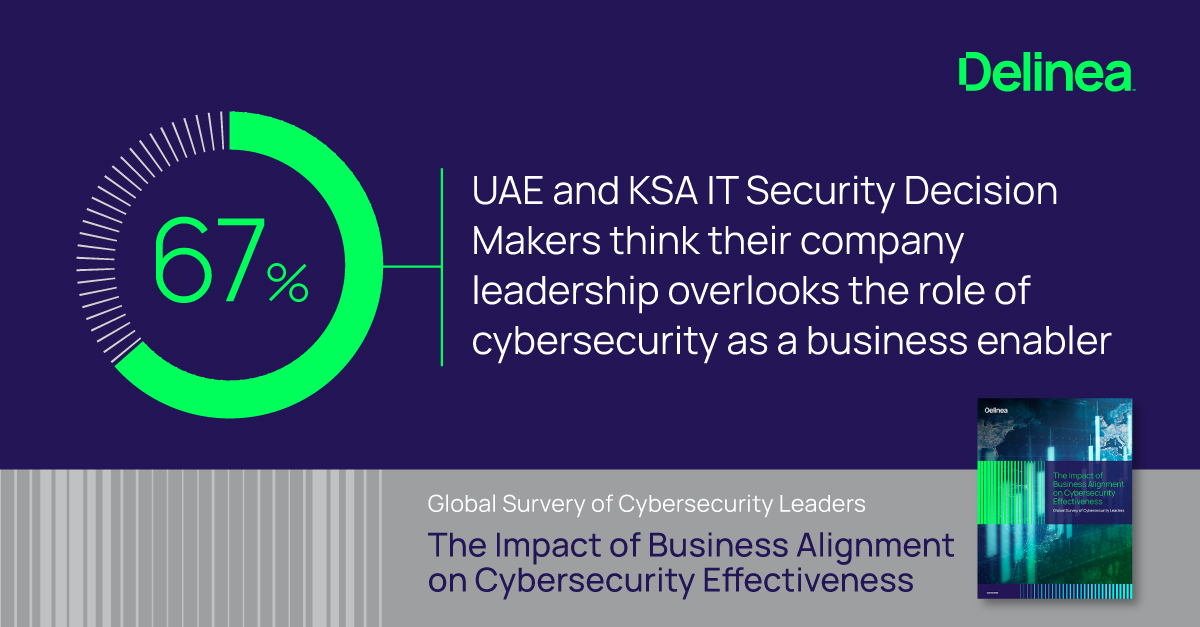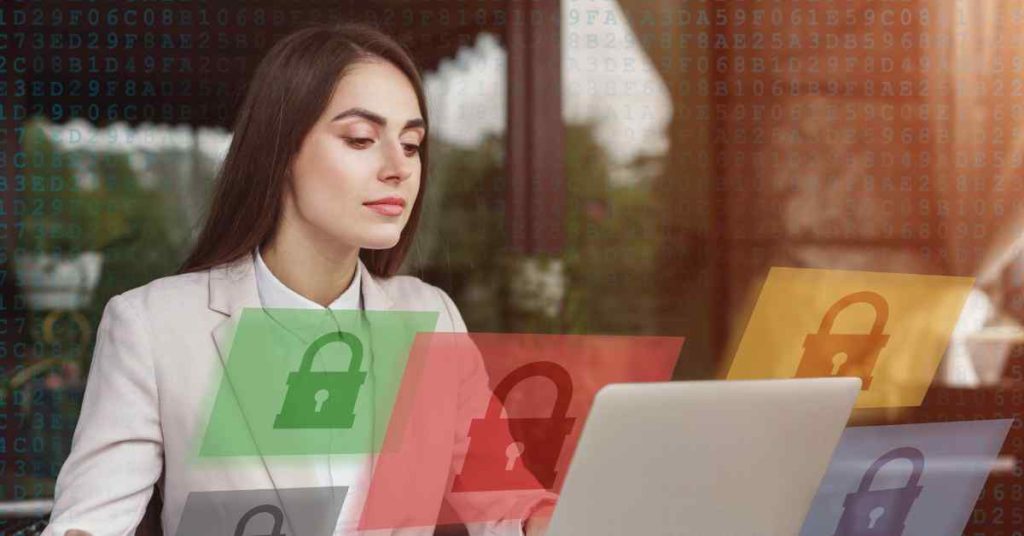30 Top Ideas For Deciding On A Dubai Cyber Security Service
Wiki Article
Top 10 Tips For Evaluating The Reputation And Experience Of A Cybersecurity Service Provider Located In Dubai, Uae
1. Examine Industry Experience
Find companies with years of experience in the field of cybersecurity. Find out how many years they've been operating and whether or not they've worked with businesses that are similar to yours. A business with a proven track record will be more likely to be aware of your specific requirements and problems.
2. Review Client Portfolio
Consider the portfolio of clients to assess the experience of the firm. Companies that have been successful in serving many industries, including the ones relevant to you are flexible and adaptable.
3. Study Case Studies to find Success Stories
Request case studies, or success stories that show the company's accomplishments in the field of cybersecurity concerns. If they are able to demonstrate how they've managed risk for customers elsewhere or solved incidents that have occurred, it will provide you with an understanding of their knowledge.
4. Research Online Reviews and Ratings
Look up reviews and ratings from sites like Google and copyright. Also, look up forums that are specific to your industry. Positive feedback is an excellent indicator of a solid reputation. But, negative reviews are unintentionally a sign of trouble. Be on the lookout for common themes.
5. Connect with Industry Peers
Connect with a community of peers to receive recommendations and information on security service providers. Involving those who had direct contact with the company can give valuable insights into their performance and reliability.
6. Think about leadership and contributions
Investigate whether your company contributes to the cybersecurity community via the use of thought leadership. It could be through whitepapers or presented at conferences or postings to cyber forums or blogs. Companies that share their expertise are often rewarded with more credibility and respect.
7. Verify the Professional Certifications and Partnerships of your company.
Look for certifications from top technology companies or partnerships. The company's association with well-known cybersecurity or technology firms will show that it is a trusted company within the field.
8. Ask about the qualifications of staff.
Evaluate the qualifications and experience of staff members. Check for certifications like copyright or CISM in the group. A well-trained team will boost the image of your company and effectiveness in securing cybersecurity risks.
9. Assess the security response incidents
Find out how the business has handled security incidents in the past. Their response capability can provide insight into their preparedness, and their level of experience. Knowing their approach to crisis management can give insight into the efficiency of their efforts.
10. Find awards and other recognition
Find awards or other recognitions in the field of cybersecurity. Awards from the industry indicate an organization's high-quality service and its reputation. The recognition of reputable organizations is usually a sign of professionalism and dedication to quality. Have a look at the most popular Cybersecurity Company in Dubai for more tips including information technology security, network security, cybersec consulting, ai and cybersecurity, information security description, cybersecurity and technology, ai cybersecurity, security by design, data and security, digital security and more.

Top 10 Ways To Evaluate The Incident Response Capability Of A Cyber Services Firm
1. Learn about the Incident Response FrameworkBegin by examining the framework for incident response that the company uses. A well-defined structure such as the NIST Cybersecurity Framework of the SANS Incident Response Process shows that the business follows best industry practices for managing incidents efficiently. You should ensure that they follow a structured procedure for handling incidents.
2. Evaluate Incident Response Team Expertise
Assess the qualifications, experience, and expertise of each member. Examine for certifications, such as Certified Incident Handlers (GCIH) and copyright Security Professionals (copyright). A knowledgeable team is crucial in preventing and managing incidents.
Study past Incident Case Studies
Case studies or examples of incidents that the company has handled are available on the request of. Analyzing their responses to actual scenarios will give insight into the efficiency of the company, speed and overall approach to management. Find out how they contained and resolved incidents by reviewing their thorough reports.
4. Find out if an Incident Responder is available 24/7. In-Home Incident Responder Availability
Find out if they offer 24/7 response services. Cyberattacks can occur at any time. A team on call 24/7 can ensure that security threats are handled quickly and reduce damage and recovery times.
5. Inquire About Incident tools for detecting incidents
Examine the tools and technologies the company utilizes to detect and prevent incidents. The right detection tools are crucial to identify threats quickly and efficiently, such as Security Information and Event Management System (SIEM) and intrusion detection systems (IDS).
6. Examine Communication Protocols
Examine how the company communicates with its stakeholders during an event. Communication is essential to coordinate response, informing all stakeholders and ensuring everyone is aware of their role in the event of an incident. Knowing how they communicate with clients throughout the process of responding is essential.
7. Review Post Incident Review Procedures
Check out the company's review process after an incident. After an incident, thorough reviews are able to assist in identifying areas of improvement and lessons learned. Keep an eye out for companies that are implementing changes that are based on the reviews. This will help strengthen future response efforts.
8. Assess Strategies for Remediation and Recovery
It is important to understand the methods used by the company for recovering and remediation following an incident. Recovery plans must contain the steps taken to restore data and systems, while ensuring weaknesses are taken care of in order for future incidents to be prevented. You should inquire about how they rebuild and harden systems after an incident.
9. Review compliance with the requirements of regulations
Check that your company's response to incidents is consistent with the applicable regulations. In certain industries, you may have specific requirements for incident reporting and response. A company that is aware of these rules can assist in ensuring the compliance.
10. Ask for references and testimonials
Additionally, get references from clients who have availed the services of the company's emergency response. Testimonials from clients can give valuable insight into the effectiveness, reliability and satisfaction of the company's response to incidents. See the top application penetration testing dubai for site recommendations including network security and, cyber security usa, managed it services security, learn computer security, cybersecurity and ai, network security and, network and security, cyber security analyst, cyber cyber security, cyber security cybersecurity and more.

Top 10 Ways To Evaluate The Security Awareness Training Of A Cybersecurity Service Firm
1. Evaluation of Training ContentStart your assessment by examining the entire content of the programs for security awareness. Make sure that the training is covering essential topics such as social engineering, phishing, data security, password security and security compliance. It is essential that employees have the necessary knowledge and abilities to deal with any possible dangers.
2. Check for Customization Option
Ask if the training can be incorporated into the company's culture and needs. Customizing the training to meet specific challenges and situations faced by your employees can improve the quality of training and increase engagement and improve retention of the information.
3. Evaluation of training delivery methods
Take into consideration the way to deliver the training. The options include webinars, online courses, as well as interactive simulations. The use of different formats can increase the efficiency and meet the needs of different learning preferences.
4. Interactive Elements
Verify that the course contains interactive components, like quizzes simulations and real world scenarios. Interactive training can increase engagement and retention of knowledge which allows employees to apply their skills in real-world situations.
5. Check the frequency of updates
ASK how often the training and content are updated. Since cybersecurity threats are always changing, regular training sessions and frequent updates to the curriculum is crucial for employees to be up-to-date with the latest threats and best practices.
6. Measurement Effectiveness
Understanding how the company measures effectiveness of their training programs is vital. There are metrics such as pre- and post-training evaluations, participants' feedback and trends in incident reporting. It's important to measure the results of your programme. This will allow you to determine whether it is worth investing in and where improvements can be made.
7. Check Certification and Compliance
Check if the training program offers certification after completion. Credibility for employees can be increased by proving that they possess the necessary knowledge. Also, make sure that the training meets any relevant legal requirements your business might have.
8. Find testimonials and references
Find feedback by contacting the organizations that have used the service. Testimonials could provide valuable information about the efficacy and impact of the course. Positive feedback can be an indication of a company's track record of providing efficient awareness training.
9. Assess Post-Training Support
Contact support following training. Continuous resources like refresher classes, newsletters or access to knowledge bases could reinforce the training.
10. Assessment Engagement and Building Culture
Lastly, evaluate whether the program of training contributes to the development of a culture which promotes security in your organization. Look for initiatives that promote constant awareness. These could include security newsletters or workshops. A solid security culture motivates all employees to play a responsibility in protecting your business. Read the top iconnect for website tips including cybersec consulting, security on website, network security and, cyber security tools, information security and, cyber security services near me, network security software, security by design, cybersecurity consulting services, cyber security tools and more.
